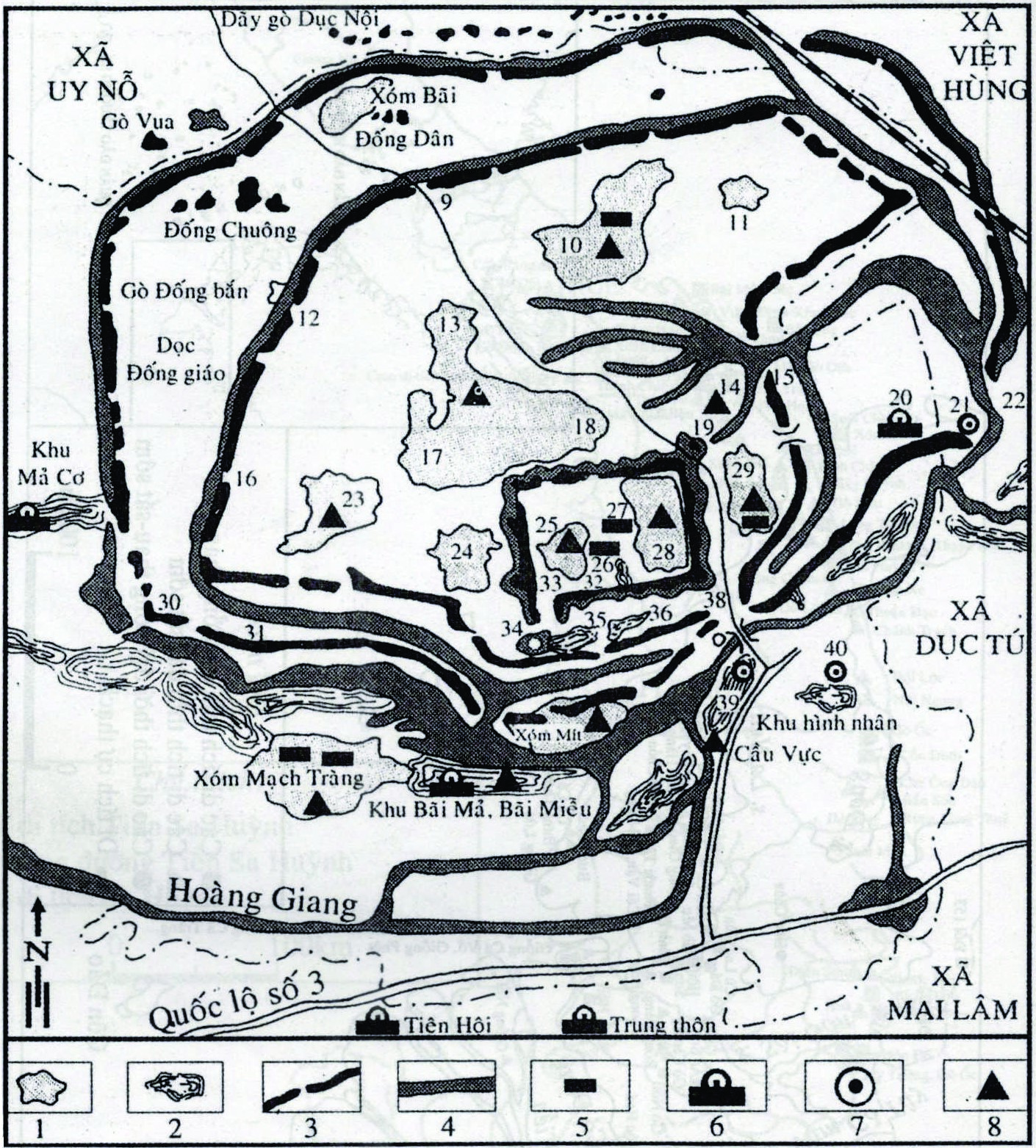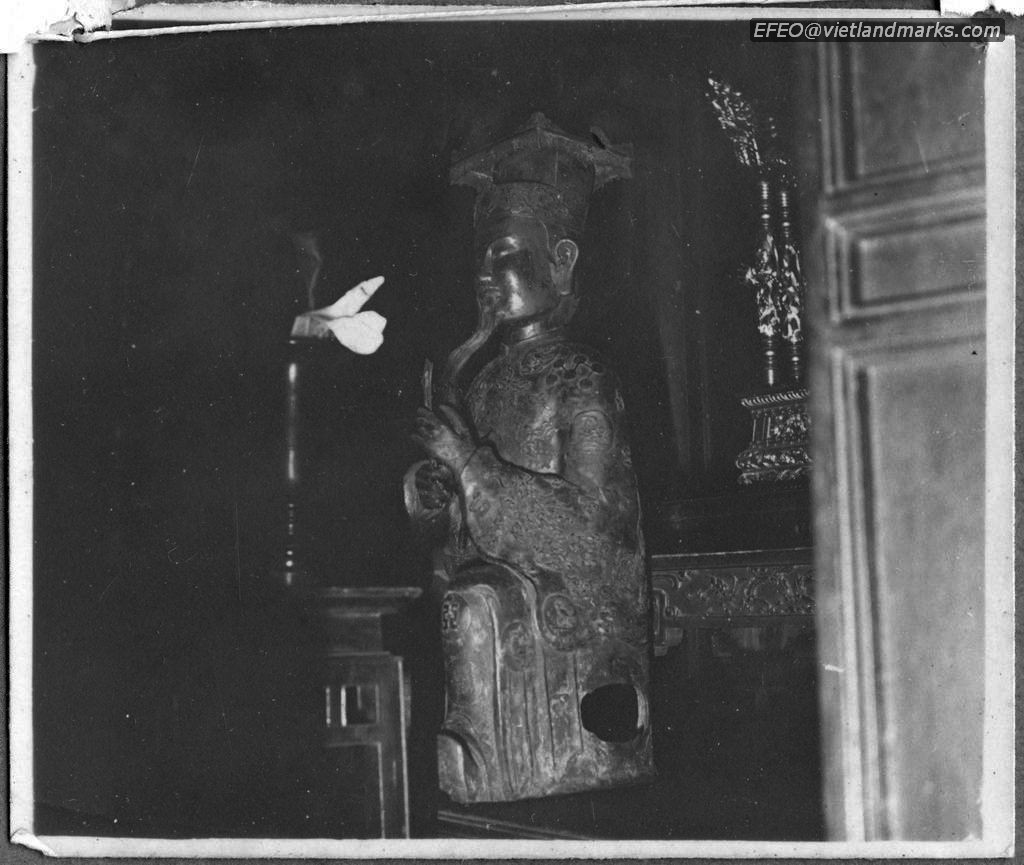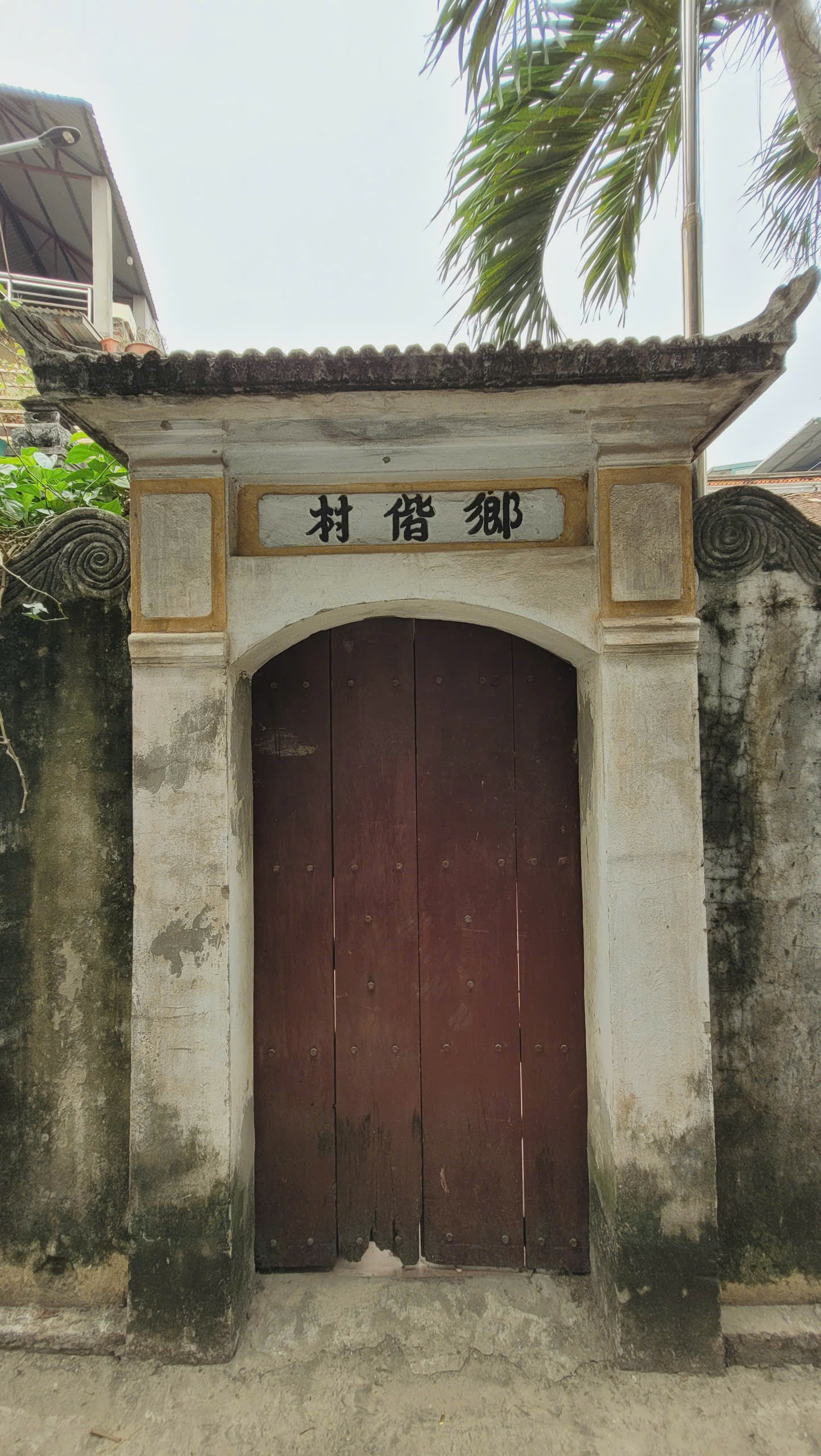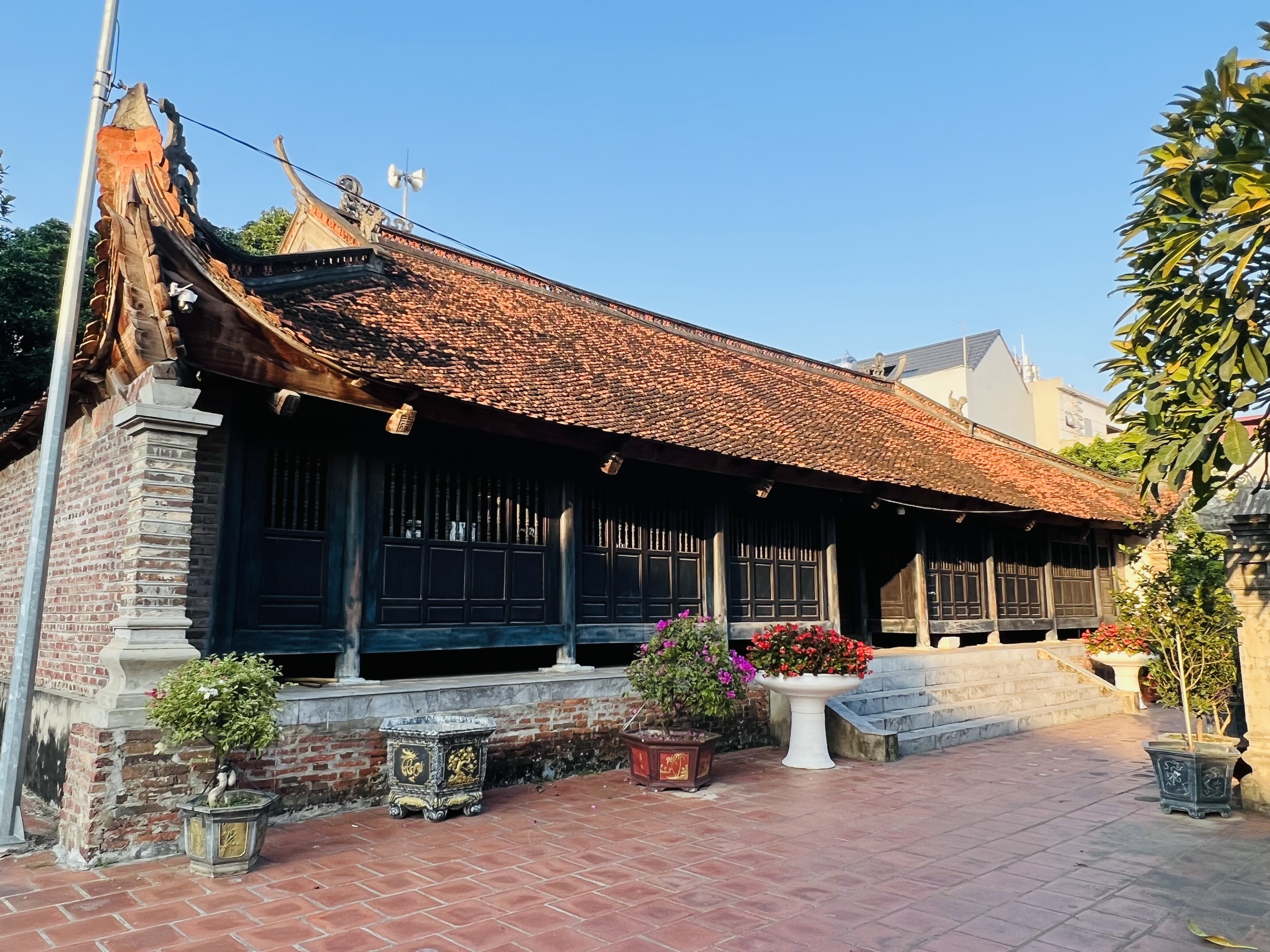On August 22, 2022, the Thang Long - Hanoi Heritage Conservation Center in collaboration with the Institute of Archeology held a premilinary report on the results of archaeological excavations at the proposed location to build a temple at the Co Loa site.
Chairing the meeting: Assoc.Prof.Dr. Tran Duc Cuong - President of Vietnam Historical Science Association, Assoc.Prof.Dr. Tong Trung Tin - Chairman of the Vietnam Archaeological Association. The meeting also had the participation of experts and scientists from the Scientific Advisory Council for Research and Conservation of the Co Loa relic site - Hanoi's Ancient Citadel; Representative of the Department of Cultural Heritage; Hanoi Department of Culture and Sports; Thang Long Heritage Conservation Center - Hanoi; Management Department of Co Loa vestige site; Dong Anh District People's Committee, Dong Anh District Project Management Department, Co Loa Commune People's Committee.
Preliminary report meeting at Management Department of Co Loa vestige site
After visiting the archaeological excavation pits, the participants listened to Dr. Trinh Hoang Hiep (Institute of Archeology) – head of the excavation team reporting the results of archaeological excavations at the proposed location to build Ngo Quyen temple at Co Loa site.
In the excavated pits (H1,H2, H3, H4,H5,H6,H7), H1 is the moat of the Internal Rampart; H2, H3, H4, H5, H6 located on the Internal Rampart; H7 located near the southwest guard of the Internal Rampart, in the bottom part of this guard.
Types of artifacts in the excavation include: Construction materials including tiles, bricks, production tools and daily-life utensils. The new discovery is that many pieces of Co Loa tile are larger in size than those discovered in previous excavations. This is the first time that bricks, bowls and long coal layers with large coal size of Co Loa period have been discovered since the excavation of Co Loa citadel from 2007 to 2014. The results of this excavation reconfirm that the citadel was repaired under the Le Trung Hung period, 17th-18th centuries, similar to the results of the excavations of the Middle Rampart 2007-2008, the Outer Rampart 2012, the Internal Rampart and the sentry guard in 2014.
Experts and scientists spoke at the meeting
At the meeting, the experts agreed with the proposals and recommendations of the archaeological team, continuing to excavate the remaining archaeological pits in order to collect artifacts and clearly identify the location and scope of the original citadel - moat and archaeological remains as a scientific basis for establishing a project to build Ngo Quyen temple at Co Loa relic site, Dong Anh district, Hanoi.
In the process of implementation, it is recommended that the Institute of Archeology coordinate with the Thang Long Heritage Conservation Center - Hanoi and related parties to conduct archaeological excavations with the content stated in the archaeological excavation license at Decision No. 1200/QD-BVHTTDL dated May 24, 2022 of the Minister of Culture, Sports and Tourism on archaeological excavations; Law on Cultural Heritage; Regulation on archaeological exploration and excavation (Issued together with Decision No. 86/2008/QD-BVHTTDL dated December 30, 2008 of the Minister of Culture, Sports and Tourism).
MANAGEMENT DEPARTMENT OF CỔ LOA VESTIGE SITE








